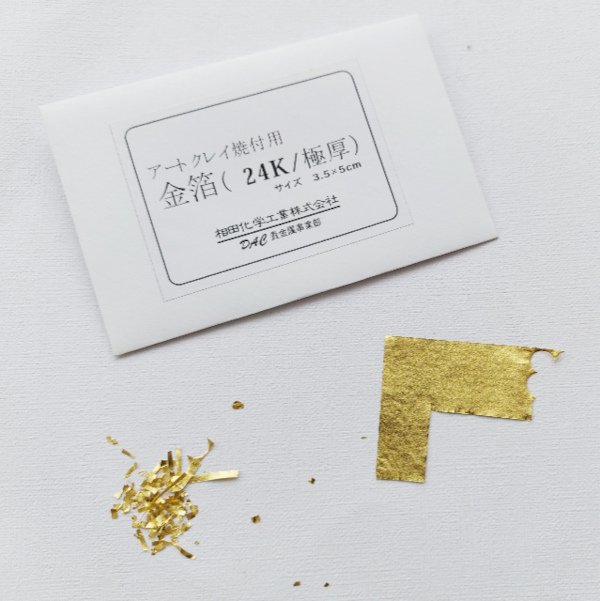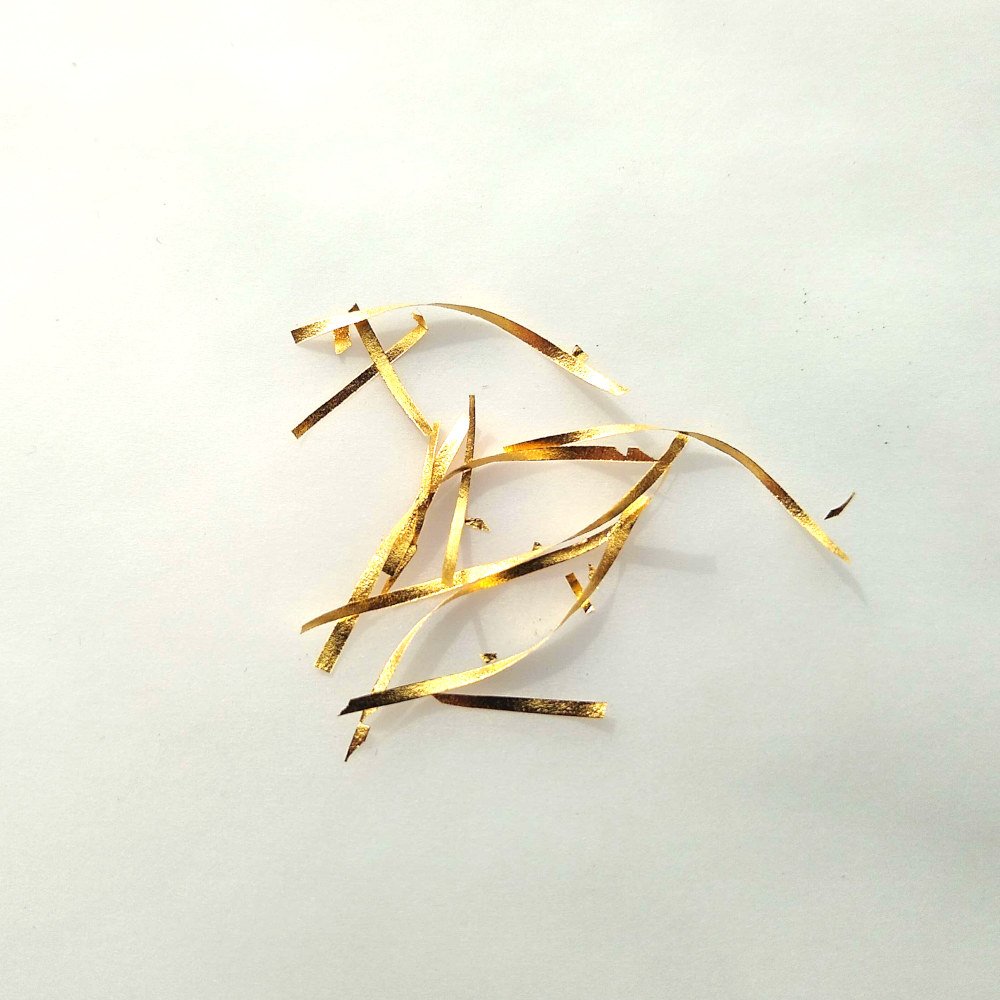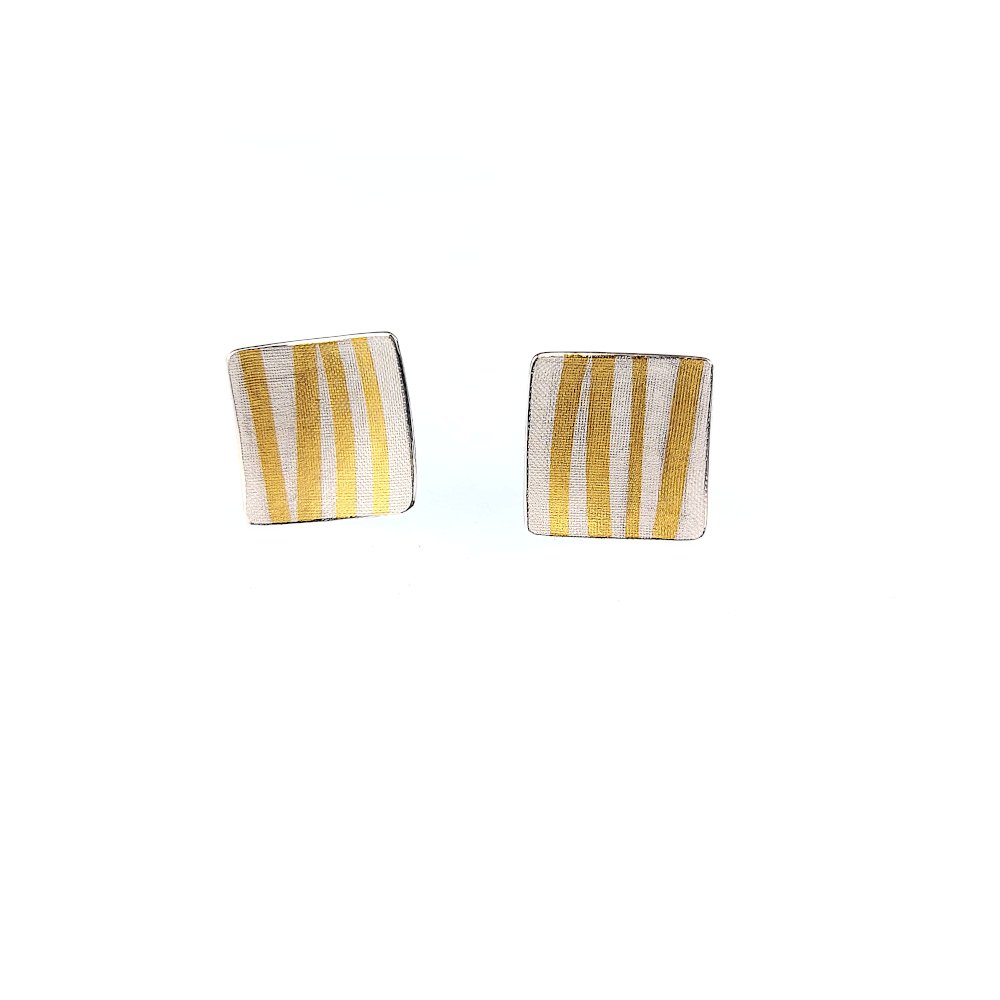Blog 7: Hallmarking
July was a busy month for family matters, so I didn’t manage to post a blog. I started writing the August blog but as it became longer and longer I decided to split it into three more manageable blogs: two for August and one for September.
I will start with a short blog on Hallmarking. Hallmarking is a complex matter and can sometimes be mind-boggling.
The hallmarking process in the UK is regulated by the Hallmarking Act 1973. Whilst there are some exceptions, the Act states that I must have my pieces hallmarked if I want to sell them and describe them as being made of precious metals.
The Assay Office tests the pieces to ascertain that they are indeed made of the metals the maker says they are. When satisfied this is the case, the Assay Office applies the hallmarks to the piece.
There are a various options on how many marks are applied but at the minimum they must contain the following three marks: the maker’s mark, the metal/fineness mark and the mark of the relevant Assay Office.
Below you can see three marks: the first mark (maker’s mark) is composed of the letters of the maker. You can see my own mark here, which contains the letters HBM within a rounded rectangle. Each of the maker’s marks are completely unique and refer only to one particular maker. The second mark concerns the metal fineness - in this case, it is sterling silver (925). The third mark is the symbol for the relevant Assay Office - here, the London Assay Office with whom I am registered.
The Hallmarking Act also states that precious metals can only be hallmarked as the relevant metal if it is thicker than 100 microns[1]. This has an implication for some of my pieces in which I use the Korean technique of Keum-Boo - please see the images below. (My September blog will focus on this technique.) In this technique a 24ct gold foil with a thickness of 13 microns is heat-bonded to the silver.
As this foil is less than 100 microns thick, my Keum-Boo pieces can only be hallmarked as silver.
For a complete guide to hallmarking, please see the Dealer’s Notice (below) the Guidance Notes on the Hallmarking Act or see the website of the London Assay Office who hold my hallmark.
This blog will also appear as a new page on my website.
[1] The thickness of gold plating or any other metal layer is measured in micrometres, or short microns. 1 micron = 0.001 mm






